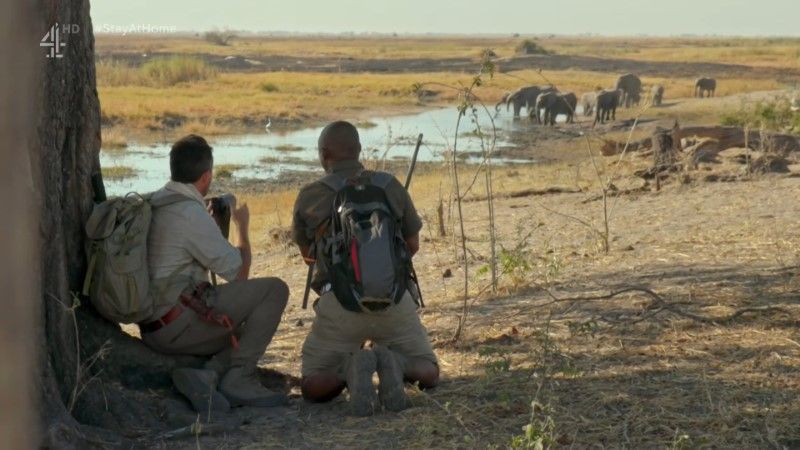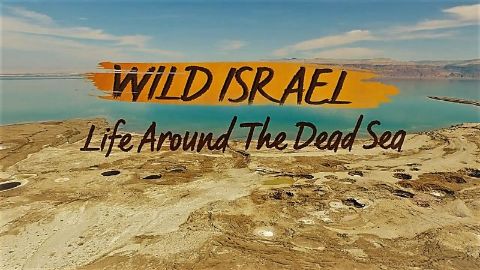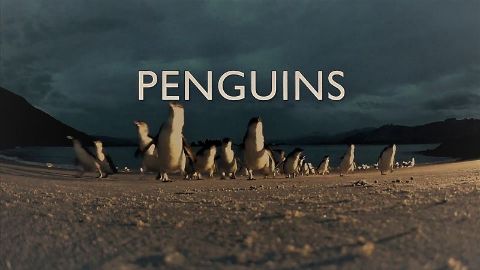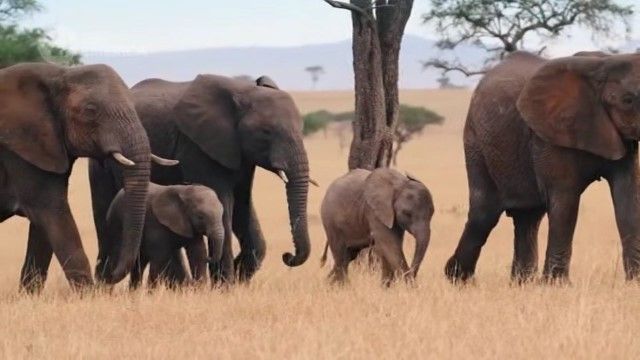First Forests • 1979 • episode "3/13" • Life on Earth
This instalment examines the earliest land vegetation and insects. The first plants, being devoid of stems, mainly comprised mosses and liverworts. Using both sexual and asexual methods of reproduction, they proliferated. Descended from segmented sea creatures, millipedes were among the first to take advantage of such a habitat and were quickly followed by other species. Without water to carry eggs, bodily contact between the sexes was now necessary. This was problematical for some hunters, such as spiders and scorpions, who developed courtship rituals to ensure that the female didn't eat the male.
Make a donation
Buy a brother a hot coffee? Or a cold beer?
Hope you're finding these documentaries fascinating and eye-opening. It's just me, working hard behind the scenes to bring you this enriching content.
Running and maintaining a website like this takes time and resources. That's why I'm reaching out to you. If you appreciate what I do and would like to support my efforts, would you consider "buying me a coffee"?
Donation addresses
BTC: bc1q8ldskxh4x9qnddhcrgcun8rtvddeldm2a07r2v
ETH: 0x5CCAAA1afc5c5D814129d99277dDb5A979672116
With your donation through , you can show your appreciation and help me keep this project going. Every contribution, no matter how small, makes a significant impact. It goes directly towards covering server costs.
















